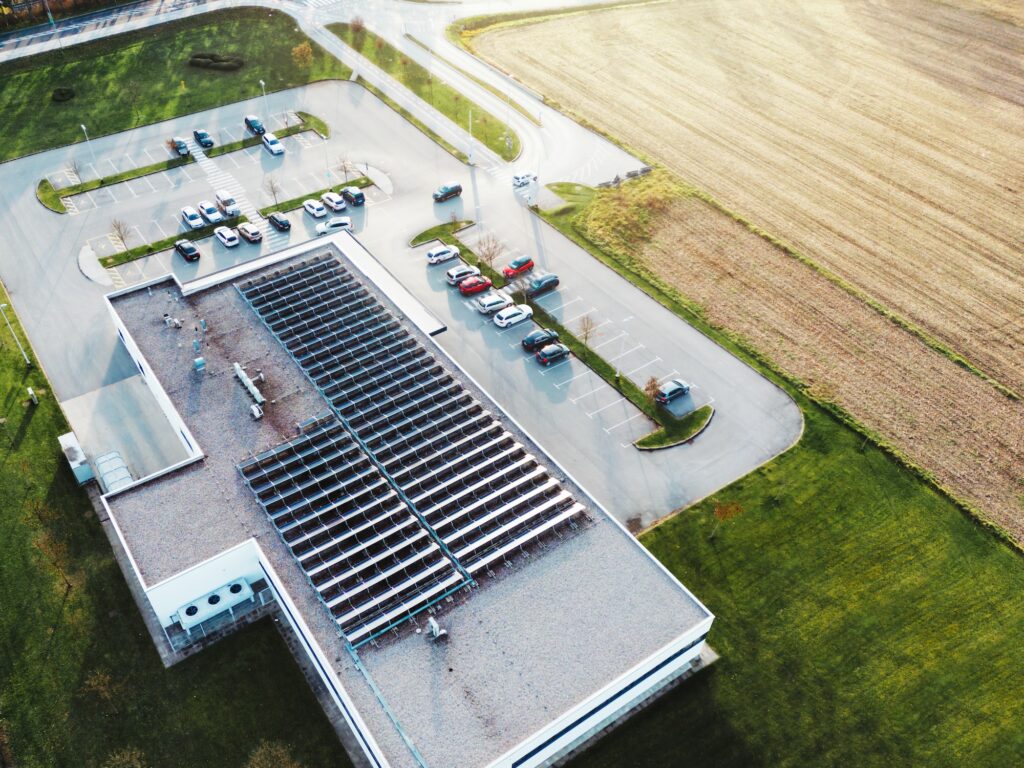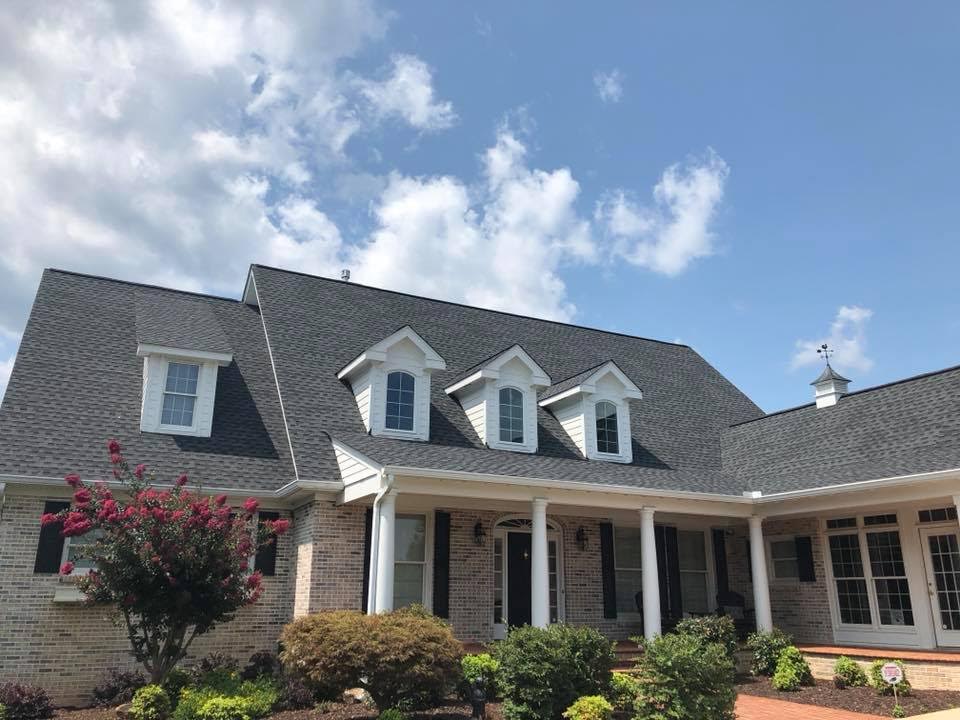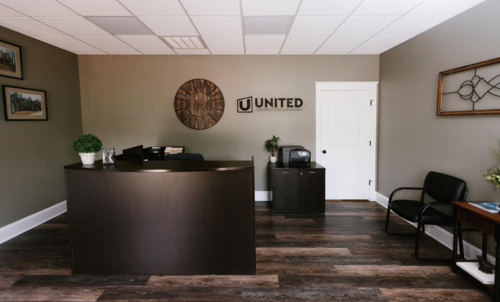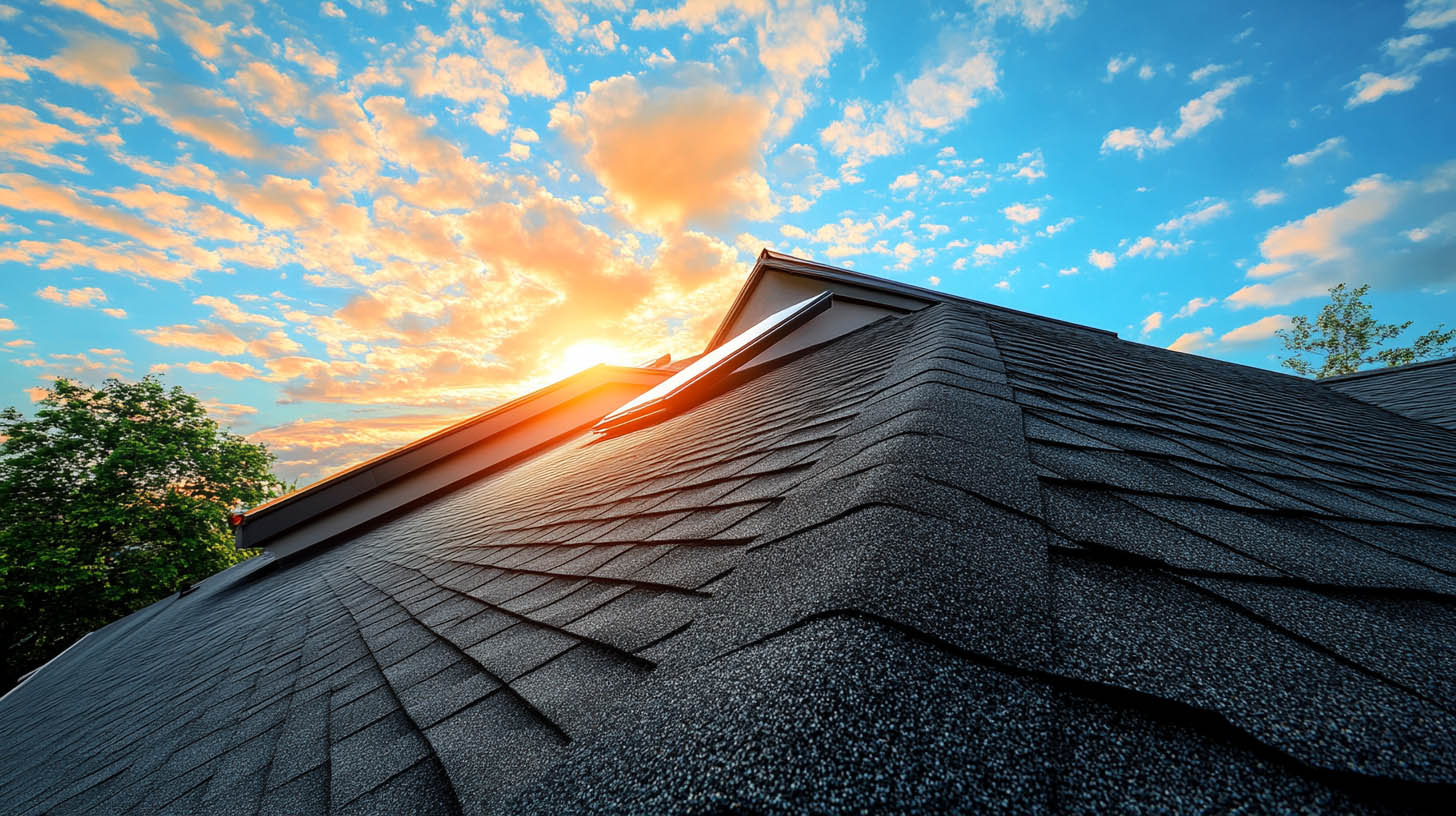How Roofs Contribute to Home Insulation
A well-insulated roof helps reduce that stress by preventing heat gain in summer and limiting…

Whether you need a flat roof, shingles, or a metal roof, UNITED is here to help. Ask us about our insurance claims services today!

If your roof is in need of repairs, replacement, or a complete overhaul, UNITED is here for you. Ask us about our remodeling & additions services today!

United Contracting & Roofing is a local, family owned and operated business. Our focus is long lasting relationships with our clients with quality service.


When you picture a roof, you probably imagine rows of shingles sloping neatly across a home. But there’s much more to a roof than what meets the eye! Your roof is a layered system — each component working in unison to protect your home from the elements. Understanding what those layers are and how they function can help you make more informed decisions when it’s time for repairs or replacement.
Every roof starts with its foundation: the decking. Typically made of plywood or oriented strand board (OSB), the decking is secured directly to the rafters and serves as the base for all other roofing materials. Solid, uncompromised decking is essential to your roof’s structural integrity. If it becomes warped, rotted, or weakened — often due to long-term moisture intrusion — it must be replaced to ensure a stable foundation for the roofing system above.
Above the decking lies the underlayment, an essential barrier that provides secondary protection against water infiltration. Modern roofing systems typically use synthetic underlayment, which resists tearing, repels water, and lays flatter than traditional felt paper. While shingles are your roof’s first defense against the elements, the underlayment is a critical backup, especially in severe weather or when shingles become dislodged.
Roof flashing is a thin layer of metal that’s installed around roof penetrations and at vulnerable transition points such as valleys, chimneys, vents, and skylights. Flashing is typically made of aluminum or galvanized steel, corrosion-resistant metals. Its purpose is to channel water away from seams and joints where leaks are most likely to form. Improperly installed or deteriorating flashing is one of the most common culprits behind roof leaks, making it a vital area of inspection during any service.
Shingles serve as the roof’s outermost armor — the layer most visible to the eye and most exposed to the elements. Whether your roof has asphalt or architectural shingles, or you have metal roofing, this top layer is designed to shed water, resist wind, and shield your home from UV exposure. But shingles are only as effective as the system supporting them. Damage to shingles should never be ignored, as it can quickly compromise the underlying layers.
A well-constructed roof also includes ridge cap shingles and a proper ventilation system. Ridge caps protect the peak of the roof from moisture intrusion while offering a clean, finished appearance. Attic ventilation helps regulate heat and humidity levels, preserving the lifespan of both the roofing materials and the home’s structural components below.
Whether your home recently weathered a storm or your roof is simply showing signs of age, an expert inspection can provide clarity. At United Contracting & Roofing, our team evaluates every layer — from decking to shingles — and offers clear, honest recommendations tailored to your needs. Reach out today to schedule your free inspection. We’re here to protect your home like it’s our own.
A well-insulated roof helps reduce that stress by preventing heat gain in summer and limiting…
Tree impacts are one of the most common causes of storm-related roof damage in our…
Tree impacts are one of the most common causes of storm-related roof damage in our…
Reach out to us today and get a FREE inspection on your roof.